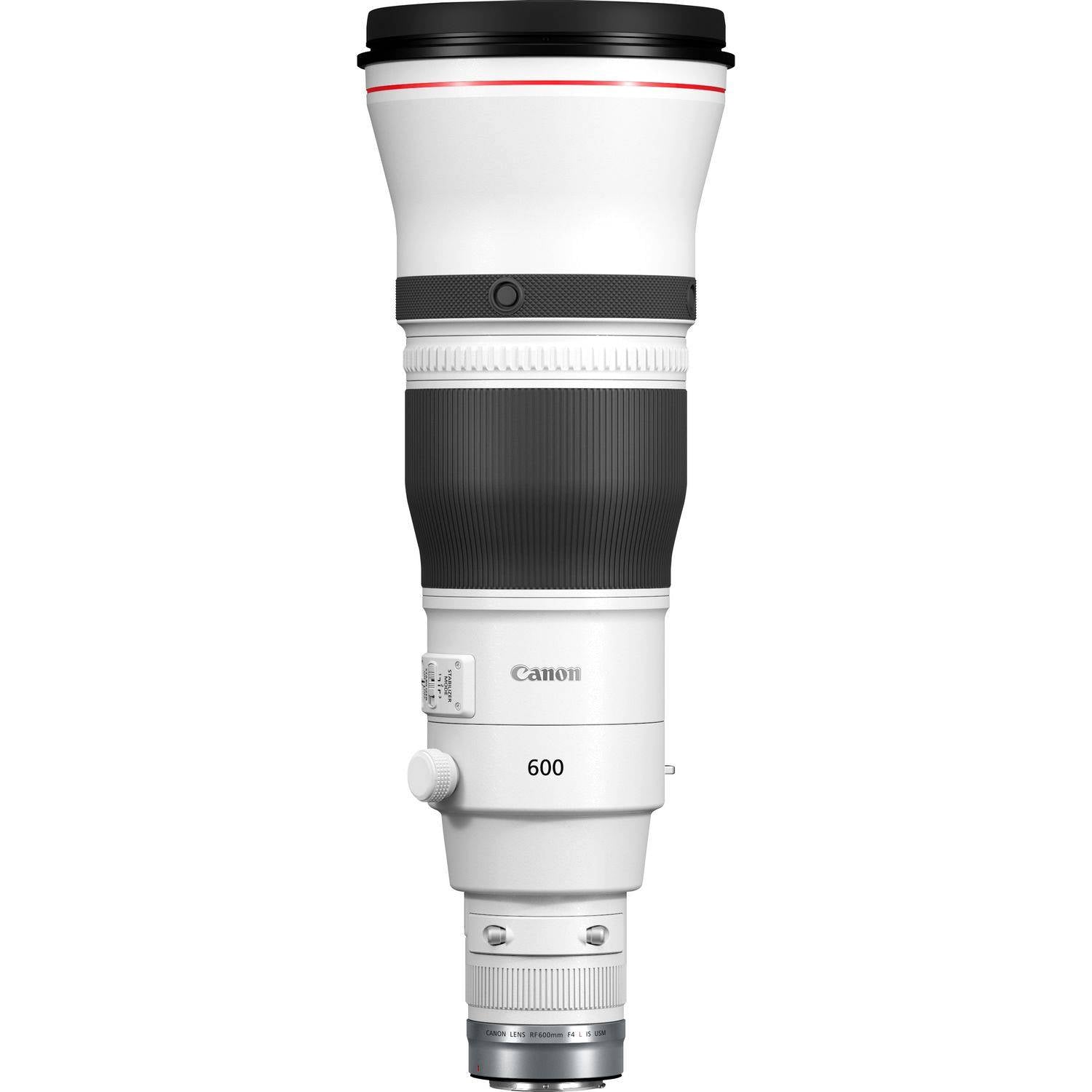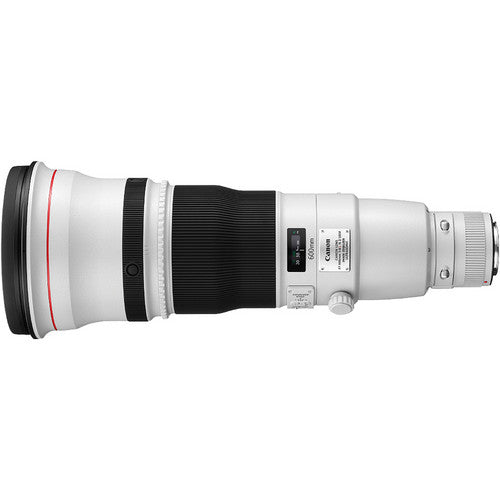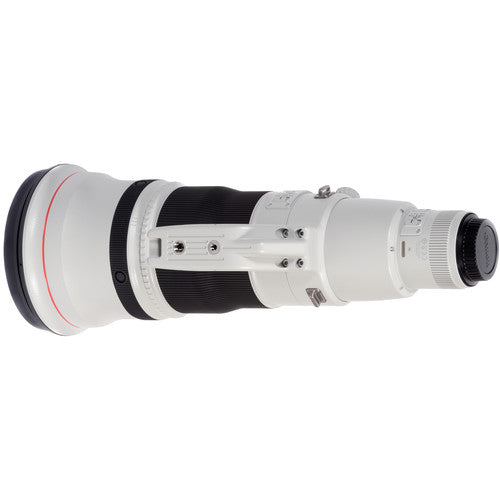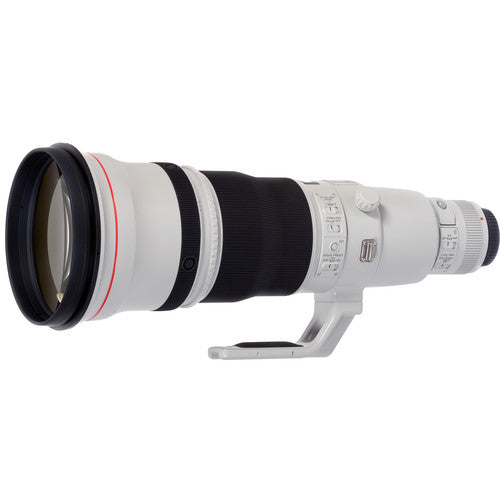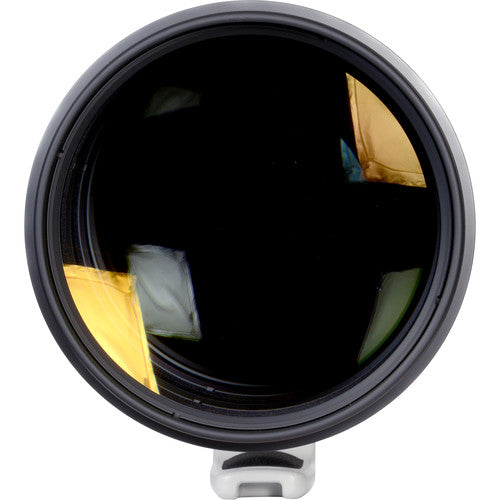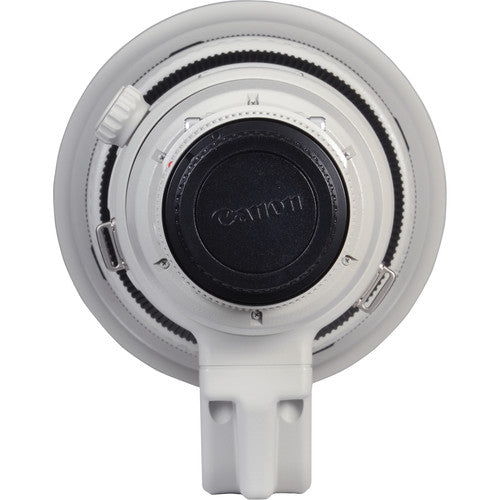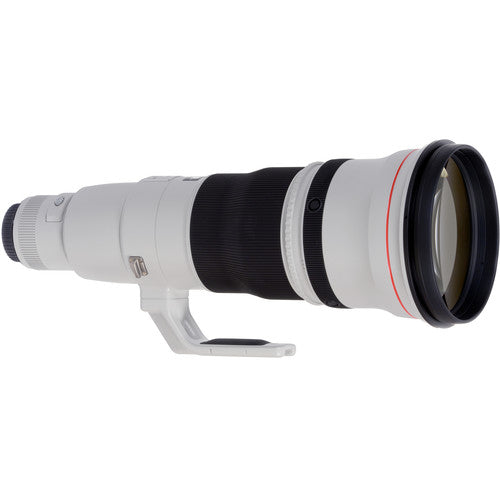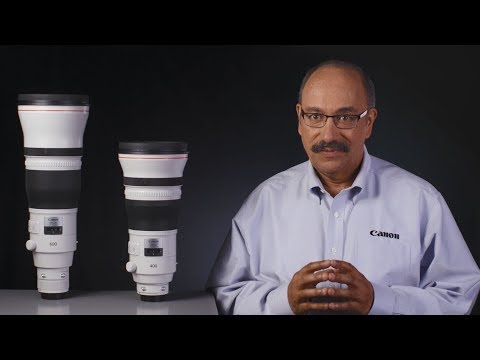Product Description
Canon RF 600mm F4L IS USM Super Telephoto Lens: Redefining Super-Telephoto Excellence
The Canon RF 600mm F4L IS USM Lens is a groundbreaking addition to Canon’s full-frame mirrorless EOS R system, designed for professionals and advanced enthusiasts specialising in wildlife, sports, and action photography. With its large aperture, advanced optical engineering, and cutting-edge focusing technology, this super-telephoto lens delivers exceptional performance and stunning image quality.

Exceptional Image Quality with Advanced Optics
At the heart of the RF 600mm F4L is Canon's superior optical design:
- Fluorite glass elements enhance resolution and contrast, minimising chromatic aberration for razor-sharp detail.
- Air Sphere Coating (ASC) reduces ghosting and flare for pristine image clarity, even in challenging light.
- The lens features 17 optical elements arranged in 13 groups, delivering unparalleled sharpness and image control.

Stunning Performance in Low Light
A large f/4 maximum aperture ensures excellent low-light performance, making it ideal for shooting indoors, at dawn, or in dimly lit environments. Combined with up to 5 stops of Image Stabilisation (IS), the RF 600mm lets you shoot handheld with confidence, compensating for camera shake to produce sharp, blur-free images.

Accomplished Autofocus for Moving Subjects
This lens is equipped with a dual power focus drive for lightning-fast autofocus:
- Powered by Canon’s Dual Pixel CMOS AF system, it delivers remarkable speed and accuracy.
- The lens draws extra power from compatible cameras like the EOS R5, enabling quicker focus acquisition and enhanced tracking for fast-moving subjects.
- Customisable AF start buttons and intuitive manual focus options ensure complete control, particularly for video and challenging scenes.

Smooth Bokeh and Pin-Sharp Focus
Capture subjects with stunning clarity against a dreamy background with the 9-bladed circular aperture, which creates smooth, natural bokeh. The precise engineering ensures pin-sharp focus on your subject while maintaining beautiful background separation.

Intuitive Handling for Professionals
The RF 600mm F4L IS USM is designed with professionals in mind:
- Full-time manual focus with three adjustable speeds allows precise, instinctive adjustments.
- Durable, weather-sealed construction ensures reliability in extreme conditions.
- Customisable control rings and buttons on the lens barrel enhance usability and workflow efficiency.

Compatibility with Extenders
For photographers needing even greater reach, the RF 600mm F4L is compatible with Canon’s Extender RF 1.4x and RF 2x, extending the focal length up to an impressive 1200mm while maintaining image quality and autofocus performance.

Key Features at a Glance
- 600mm Focal Length: Perfect for wildlife, sports, and distant subjects.
- f/4 Maximum Aperture: Excellent low-light performance and depth-of-field control.
- 5-Stop Image Stabilisation: Ensures sharp handheld shots.
- Fluorite Glass and ASC Coatings: Superior optical performance with reduced ghosting and flare.
- Dual Power Focus Drive: Ultra-fast focusing for moving subjects.
- Extender Compatibility: Extend your reach to 1200mm with RF extenders.
- L-Series Build Quality: Rugged, weather-sealed design for professional use.

Why Choose the Canon RF 600mm F4L IS USM Lens?
The Canon RF 600mm F4L IS USM redefines super-telephoto performance with its blend of cutting-edge optics, advanced autofocus, and exceptional handling. Whether you’re capturing wildlife in motion, thrilling sports action, or high-detail distant subjects, this lens ensures professional results every time.
Take your photography to the next level with the Canon RF 600mm F4L IS USM Lens—unparalleled reach, precision, and clarity await.
Order yours today and experience the pinnacle of super-telephoto imaging!
Try The Kit - Canon Test Drive

Canon Test Drive – Try Before You Buy with Free Next Day Delivery
Test selected Canon gear with a 48-hour free trial or hire for up to 7 days at a low cost. Book anytime via the 24/7 live system.
How it works:
-
Book your kit – Choose dates and reserve online.
-
Pay a refundable deposit – Fully refunded upon safe return.
-
Fast delivery – Get your gear quickly and securely.
-
Easy returns – Use pre-paid packaging for simple drop-off or collection.
Visit https://testdrive.trythekit.com to book yours now.
Payment & Security
Your payment information is processed securely. We do not store credit card details nor have access to your credit card information.

